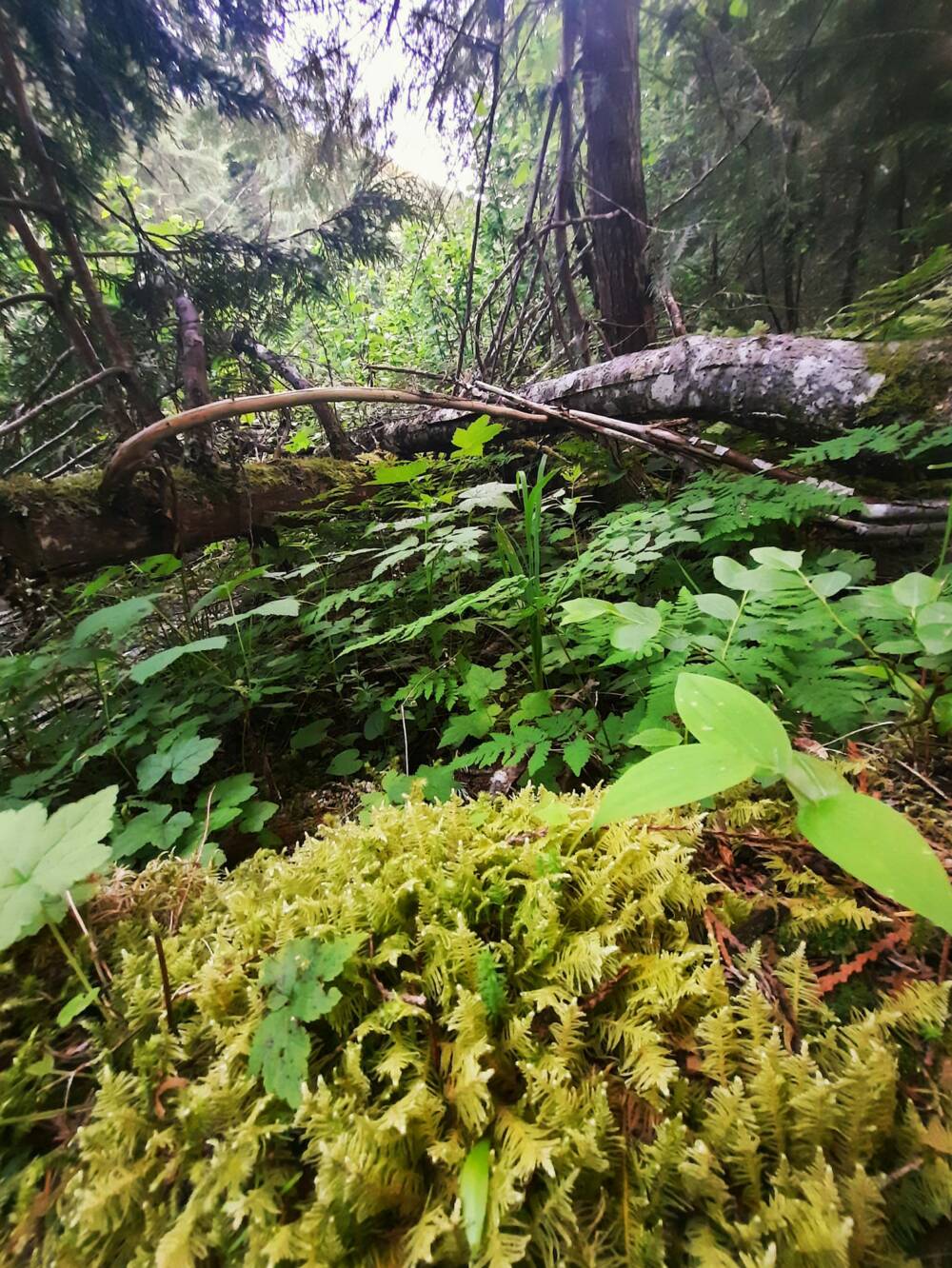
Rewild
Forests
Save planet Earth by offsetting your footprint
Regenerate wild places

Green Earth Offsets supports the rewilding of places and people. There is a new generation of people eager to be lifelong stewards of wildlands on planet Earth. They seek to be part of the solution by providing the work required to restore and regenerate ecosystems as a means to strengthen the meaning and purpose that resides in their soul. The Wildcraft Forest has been supporting this effort through a growing network of Yasei Sanctuary Forests which offers participants meaning, purpose, livelihood and resilience which includes spirit, sentience, science, semiotics, stewardship and sanctuary, all linked to ancient wisdom and the natural world.
Yasei Sanctuary Forests are not only spiritual temples supported by nature, but they are providing new values, qualities and systems that are strengthening the desire for protecting standing forests as living organisms within a 300 year stewardship plan. At the Wildcraft Forest we understand that everything is connected.
Engagement – Green Earth Offsets
Throughout the year we have work teams dedicated towards delivering Green Earth Offsets targets. We also engage community activists, volunteers, businesses and organizations who actively participate in restoration, trail building and educational activities.
We base our activities on Riparian Restoration within seven project sites as well as working to expand Continuous Forest efforts within three old growth forest areas. All of these project zones are within headwaters areas for the Fraser and Columbia Rivers.
We perform planting, monitoring and inventory activities on industrial lands which are in need of rewilding.
We perform educational activities and create products that deliver a measurable shift in consumer spending away from imported culinary and health products to locally produced products.
We produce an annual Conservation Index with monthly updates which provides the public and decision makers with independent information related to the State of Nature.
Regenerate Wild Soils
At our Carbon Farm we create biochar that we use for restoring and creating riparian areas where the soil has become damaged by industrial activity. The placement of this Biochar acts as a carbon sink and remains in the ground for centuries, slowing the growth in atmospheric greenhouse gas levels. Simultaneously, its presence in the soil can improve water quality, reduce erosion and increase soil fertility, raising and reducing pressure on old-growth forests.
After the placement of the biochar we inoculate the damaged soil with soil from a mature and healthy old growth forest. Once the soil has been prepared and all risks such as erosion and industrial activity have been addressed we begin to plant native plants suitable for the new or restored riparian site.
We supply long-term monitoring for these wild soil restoration sites.
Rewild Public and Private Lands
- We collect wild seed in old growth areas.
- We gather, propagate and transplant wild species in order to restore damaged areas such as clearcuts.
- We make wild plant species available to the public for rewilding efforts.
- We deliver Sanctuary Forest Training and Toolkits so that individuals and groups can rewild public and private lands in 30 countries.
- We deliver long-term fieldwork in specific project areas.
Create and Regenerate the Continuous Forest
and Riparian Areas
- We identify and assess old growth areas to determine a strategy whereby they can be expanded and supported.
- We create new wild riparian zones in drainage areas creates by industrial activity such as road building, logging and mining.
- We deliver this activity in project work zones located in headwaters areas that include the Shuswap and Kettle Rivers and the Okanagan Highlands.
- We provide online coaching and supervising for these efforts in other remote areas being performed by individuals and groups within the Sanctuary Forest Network.
Support Biodiversity
- We determine and assess what’s missing in a wild ecosystem and ask why? If we can take action, we attempt to solve the problem by restoring the missing pieces of life whether it be plant, tree, insect, bird or animal.
- We primarily restore plant and tree ecology which provides whole and healthy habitat so that other native wild species can re-enter and regenerate resulting in full healthy biodiversity.
- We monitor and provide long term stewardship and advocacy for project areas.
Create Natural Bird and Insect Habitat
- We identify, assess and monitor remote bird and insect habitat in the wake of changing conditions such as industrial activity and climate change.
- Support and regenerate plants and trees that provide food and nesting habitat for native species. We consider the arrival of new species because of disturbances or climate change and try to provide habitat in the wake of such changes.
- We plant large tree species such as cottonwood which provides nesting habitat for large birds.
- We produce wild bird seed from native plants and trees which represent the bird’s native diet, and then we provide these products to people to place in their birdfeeders. We plant and support native pollinator plants in clearcuts and industrial areas in order to regenerate wild pollinator populations.
- We create natural insect habitat such as broken stumps and branches and root flares.
- We provide workshops and toolkits to share our methods with individuals and groups.
Develop, Expand and Maintain
Wild Plant Nurseries and a Carbon Farm
- This effort includes a Seed, Soil and Microbe Bank which provides rewilding material for our restoration efforts.
- We presently have four wild plant nurseries that address the propagation of plants and trees from areas that include mixed interior forest and savannah, interior rainforest, subalpine and fresh water aquatic.
- From our main nursery we provide wild plants and trees to individuals and groups who wish to carry out rewilding efforts.
- We provide nursery and planting tookits and workshops to the public and through our Sanctuary Forest Network.
Regenerating planet Earth one small space at a time.
Green Earth Offsets
At the Mother Tree Hub
Located at the Wildcraft Forest
1981 Highway 6 Lumby, British Columbia
Phone – 250.547.2001
Email: services(at)sanctuaryforestnetwork.com
This website and all material is copyrighted by the Wildcraft Forest
The Wildcraft Forest School offers skills, insights and
inspiration for creating good stewardship and positive change.
Green Earth Offsets are touted as a new tool for protecting our natural environment. They aim to balance biodiversity loss arising from habitat destruction at one location by enhancing and/or protecting similar but separate habitat at another location.
Explore what we do by learning about our projects and how we measure outcomes, who we are and what we do. Contact us and let’s discuss partnership and project opportunities.
Wildcraft Forest School:
Sanctuary Forest
Design Certification
A Sanctuary Forest represents a location where stewardship is taking place which seeks to protect, expand or rewild the natural biodiversity of a place. A Sanctuary Forest is also seen as a spiritual centre where the stewards of the place have created a sentient relationship with all of the biotic beings located there. A Sanctuary Forest can be located on private or public land and is largely placed there by the sheer will of those individuals willing to steward that place. A Sanctuary Forest is created upon certain pillars that include stewardship, science, sentience, spirit and sanctuary.
A Sanctuary Forest can be of any size, stewards are provided with training and toolkits so that they can better understand their role and responsibility. Sanctuary Forests help to seed stewardship within cultures where it has become lacking. This effort seeks to create an understanding that the natural world is sentient. Sanctuary Forests provide a platform for learning about the natural world, and for research and data collection – these forests can be networked regionally and globally.
The design of a Sanctuary Forest also includes a plan for human habitat, a food and medicine forest and commercial gardening operations which do not conflict with the regeneration of wildlands and the biodiversity of wild species.
A Sanctuary Forest Design Camp is supported with online training and provides participants with the tools required for planning and implementing a Sanctuary Forest strategy. Training focuses on rewilding farms, gardens, communities, remote landscapes and interface landscapes and provides participants with a range of learning environments that includes both classroom and project work in the field. This program is ideal for gardeners, farmers, landscapers and other food and agriculture specialists seeking to incorporate rewilding into their scope of operations or workplace.





